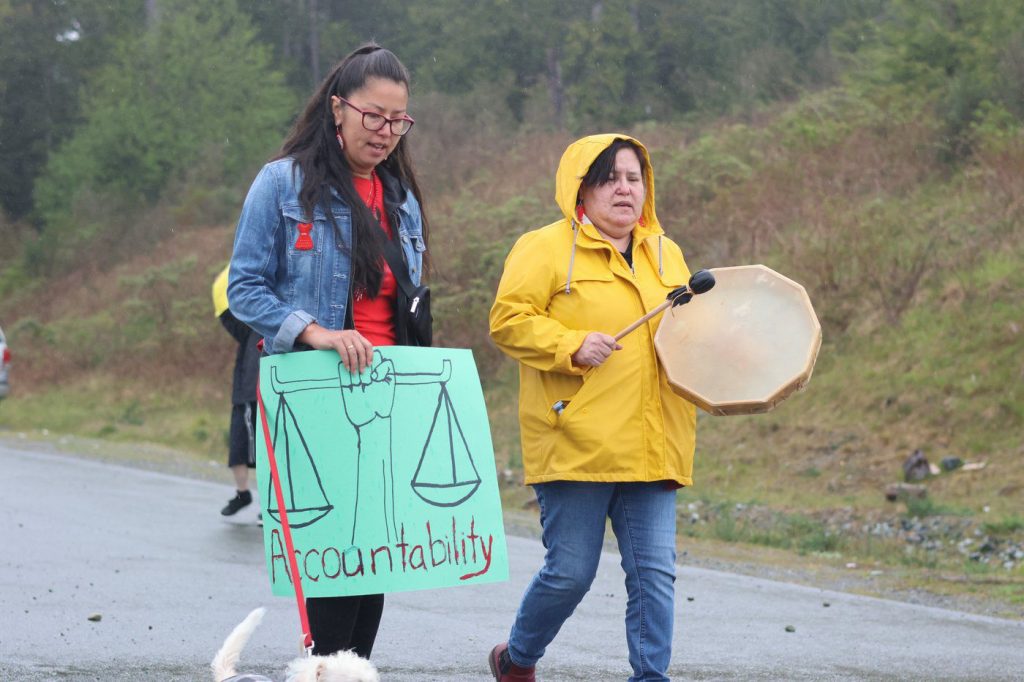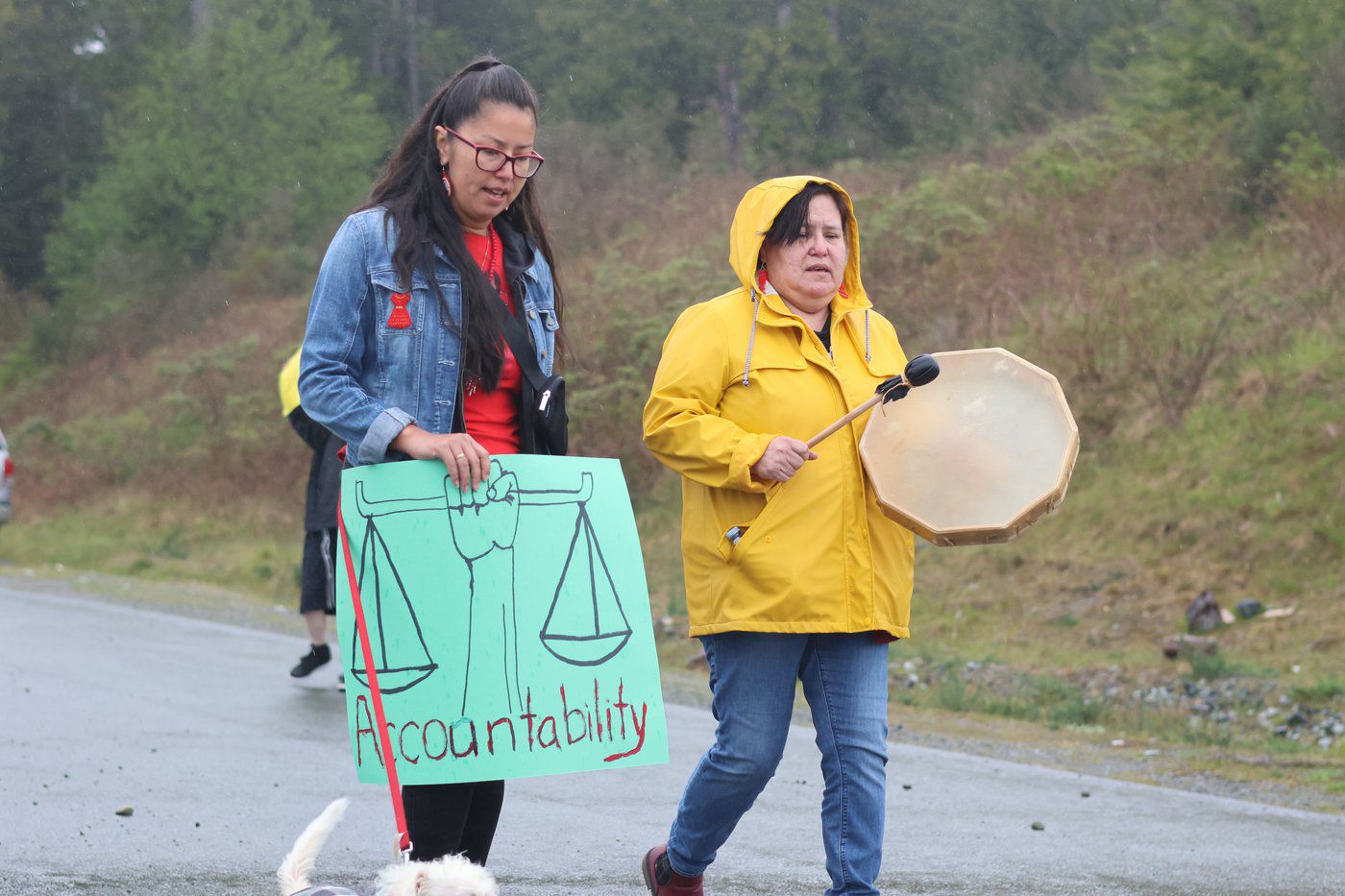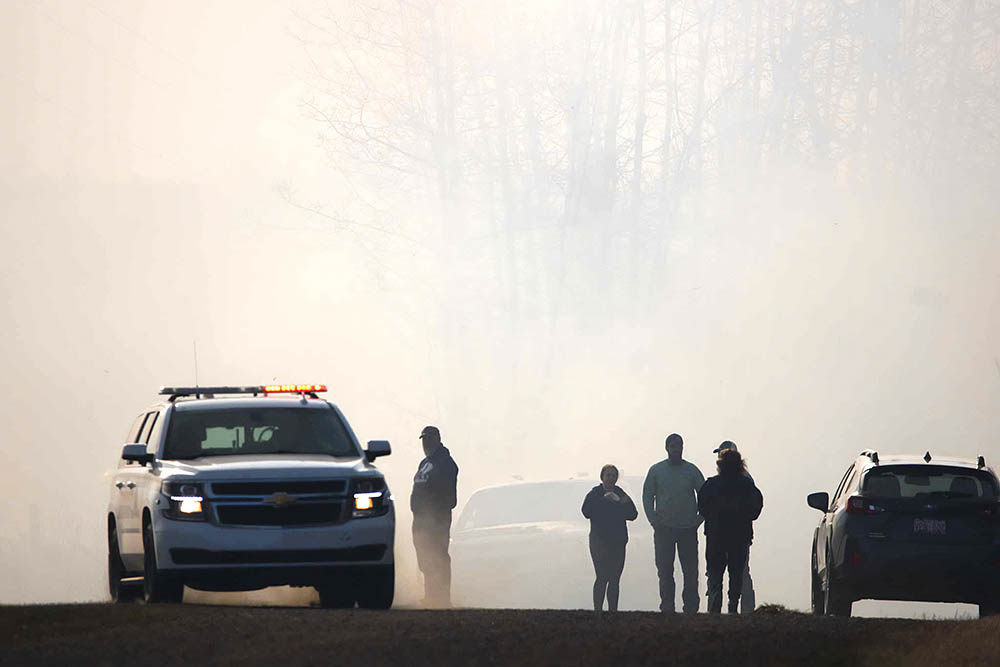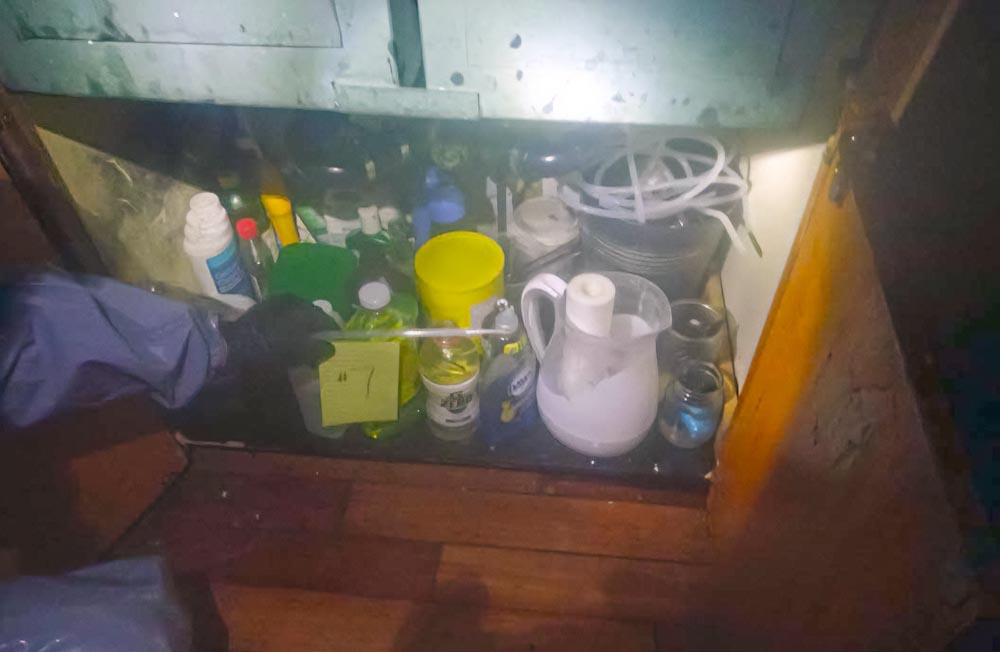
Nora O’Malley
Local Journalism Initiative Reporter
Ottawa, ON – During the third annual Red Dress roundtable in Ottawa at the end of January 2025, the Honourable Gary Anandasangaree, minister of Crown–Indigenous Relations, appointed Jennifer Richardson as Canada’s new chief advisor to combat human trafficking.
Richardson, who is herself a survivor of human trafficking, says she “uniquely understands the barriers and challenges that victims face” and that she will work towards making support and services more accessible.
“It is a great honour to become Canada’s chief advisor to combat human trafficking. As a survivor of human trafficking, this appointment is very personal to me and signifies my commitment to safeguard some of the most vulnerable members of our society. I will work relentlessly with other survivors and stakeholders to combat human trafficking so that collectively we can end this crime in Canada,” said Richardson in a news release.
With over 24 years working in the anti-human trafficking sector, Richardson is considered an expert in the field and was also the first director of Ontario’s Provincial Anti-Human Trafficking Coordination Office.
Her appointment was effective January 27, 2025, for a term of three years.
As chief advisor, Richardson will provide ongoing advice and recommendations to Public Safety Minister David McGuinty while also working in collaboration with Crown-Indigenous Relations Minister Anandasangaree and Indigenous partners to advance Calls for Justice from the National Inquiry into Missing and Murdered Indigenous Women and Girls (MMIWG).
Indigenous females especially vulnerable to being sexually exploited
Fifty per cent of trafficked girls and 51 per cent of trafficked women are Indigenous, according to data from the Canadian Women’s Foundation’s organizational network, which informed a 2014 report published by the Canadian Centre To End Human Trafficking.
“Considering Indigenous People count for five per cent of Canada’s population, this stat is horrifying. I suspect the numbers are higher because there are many women who get ‘lost in the system’ or just don’t feel safe enough to speak out about their experience,” said Denise Halfyard, the manager of Tears to Hope Society, a B.C.-based non-profit that supports families of missing and murdered loved ones.
Halfyard’s cousin Tamara Chapman disappeared around Prince Rupert along The Highway of Tears in 2005.
“I would encourage the new chief advisor to continue working with Indigenous people, particularly grassroots organizations who have built relationships with women in these situations,” Halfyard continued.
The biggest risk factors for sex trafficking are being female and being young. Recent Statistics Canada data shows that of the 3,558 victims of police-reported human trafficking nationwide from 2013 to 2023, the vast majority (93 per cent) were women and girls, and about one-quarter (23 per cent) were children and youth younger than 18 years. A small number of victims (seven per cent) were men and boys.
Of the 3,223 female victims of human trafficking, two-thirds (68 per cent) were aged 24 years and younger.
“Richardson’s experience in the field of human trafficking is such an asset, but to have someone in such a position who is a woman is so important. It’s so much easier for victims of sexual abuse to speak to a woman about their experience,” Halfyard said.
Victims were most often trafficked by an intimate partner (34 per cent) or a casual acquaintance (22 per cent).
“A tactic employed by some traffickers involves drawing a potential victim into a romantic relationship with promises of love and affection, with the end goal of exploitation,” reads the Stats Can report.
Halfyard told the Ha-shilth-sa that after an incident over the Christmas holidays on a Vancouver to Nanaimo ferry, the Tears to Hope Society approached BC Ferries about adding a “know the signs of trafficking” signage to their vessels.
“These signs are popping up more and more at transportation hubs like airports and venues where these ‘services’ might be solicited like arenas and concert venues. They should be at all hubs like the ferries, buses, taxis, etc.,” said Halfyard.
“It’s not just our lawmakers’ and enforcers’ jobs to protect women from trafficking, but society as a whole,” she continued. “The more this signage is up to recognize when someone may be trafficked, the more a trafficker is going to think twice, because who knows who’s paying attention.”
Led by Public Safety Canada, the appointment of a chief advisor is part of Canada’s National Strategy to counter human trafficking. Launched in 2019 with an ongoing $10.3-million annual budget, the Strategy aligns with the United Nations Palermo Protocol, an internationally recognized set of terms to prevent, suppress and punish trafficking persons.
Canada’s Strategy includes investing in a multilingual Canadian Human Trafficking Hotline, increasing intelligence and data collection, and augmenting victim supports and services, with a culturally sensitive approach to Indigenous victims’ needs.
The Canadian Human Trafficking Hotline is toll-free, confidential, and available across the country 24/7/365 in over 200 languages. It can be reached at 1-833-900-1010.
Nora O’Malley
Local Journalism Initiative Reporter


